Douglas B. Holt's Cultural Branding - Cultural Branding Insights
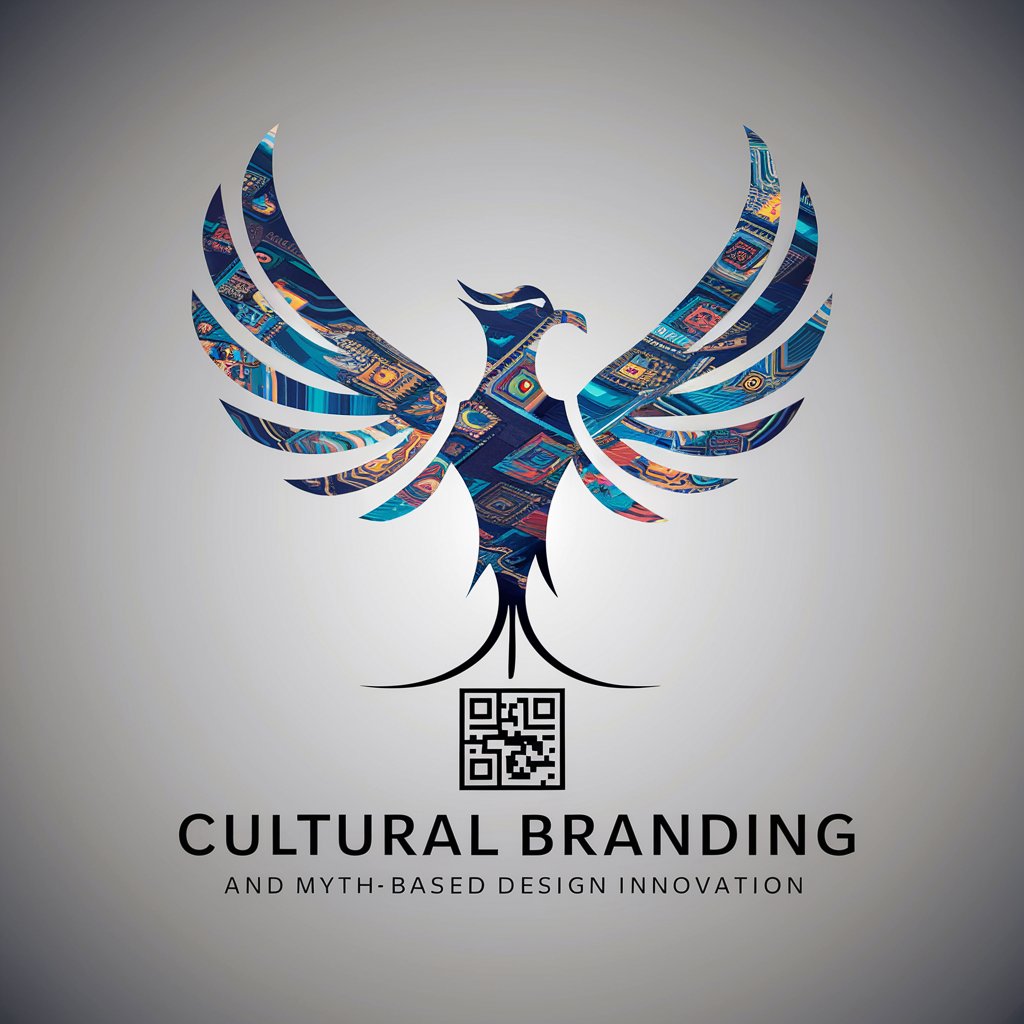
Welcome! Let's innovate your brand with cultural insights and digital savvy.
Crafting Narratives, Building Icons
Analyze the impact of recent cultural shifts on brand identity in the digital era.
Explore how digital media transforms traditional branding strategies.
Identify potential cultural disruptors and their effects on market trends.
Discuss the role of social media in evolving brand narratives.
Get Embed Code
Douglas B. Holt's Cultural Branding Model
Douglas B. Holt's Cultural Branding model fundamentally rethinks how brands achieve prominence and relevance in contemporary society. Unlike traditional branding, which focuses on consistently communicating a set of functional benefits and emotional appeals, cultural branding taps into deeper cultural currents and societal shifts. It leverages prevailing cultural tensions, myth-making, and storytelling to position brands as not merely providers of products but as pivotal players in the cultural landscape. A quintessential example is Harley-Davidson, which epitomized freedom and rebellion at a time when its audience felt constrained by societal norms, effectively embedding itself in the American cultural mythos of individualism and freedom. Powered by ChatGPT-4o。

Core Functions of Cultural Branding
Analysis of Cultural Orthodoxies
Example
Identifying the cultural shifts in attitudes toward masculinity, allowing brands like Dove Men+Care to challenge and redefine traditional masculine stereotypes, promoting a more inclusive and caring image.
Scenario
A brand strategist uses cultural branding to decode deep-seated beliefs about gender roles, leveraging these insights to craft campaigns that resonate with evolving consumer values.
Ideation of Symbolic and Experiential Benefits
Example
Apple’s use of design and technology to symbolize innovation, simplicity, and creativity, aligning with cultural values that esteem cutting-edge technology and minimalist design.
Scenario
A product designer integrates cultural insights into the development of new devices, ensuring that both form and function reflect contemporary cultural trends and consumer identities.
Crafting of Cultural Strategies
Example
Chipotle’s emphasis on food with integrity, tapping into the cultural discourse on sustainability and ethical eating, making it a central theme of their brand narrative.
Scenario
Marketing teams develop comprehensive strategies that align with cultural movements, such as sustainability, to engage consumers who are increasingly conscious of environmental issues.
Ideal Users of Cultural Branding
Brand Strategists and Marketers
Professionals tasked with developing compelling brand narratives and marketing strategies. They benefit from cultural branding by crafting resonant and culturally relevant campaigns that distinguish brands in saturated markets.
Product Designers and Developers
Individuals responsible for the creation of products that not only meet functional needs but also resonate on a cultural level. They use cultural branding to ensure products reflect contemporary societal values and consumer aspirations.
Corporate Executives
Senior leaders looking to position their companies at the forefront of cultural movements to ensure relevance and continued consumer engagement. They leverage cultural branding insights to guide corporate strategy and innovation.

Guidelines for Using Douglas B. Holt's Cultural Branding
Initial Access
Access the tool via yeschat.ai for a free trial, no login required, and no need for a premium subscription.
Understand Cultural Icons
Study existing cultural icons within your market to understand the narratives that resonate with consumers. This involves analyzing successful brands that have harnessed cultural myths.
Identify Cultural Opportunities
Identify gaps or contradictions in the market's dominant cultural stories. Look for emerging social movements or changes in consumer sentiment that are not adequately addressed by existing brands.
Develop a Brand Myth
Create a compelling brand myth that addresses these gaps and resonates deeply with target audience values and desires. This should connect authentically with the emerging cultural tensions you've identified.
Implement and Amplify
Implement the brand story across all marketing channels. Use storytelling that emphasizes the myth and cultural narrative, and measure consumer engagement and feedback to refine the approach.
Try other advanced and practical GPTs
Lightroom Presetter
Enhancing Creativity with AI-Powered Editing

Fable Forge
Crafting Your Stories with AI Power
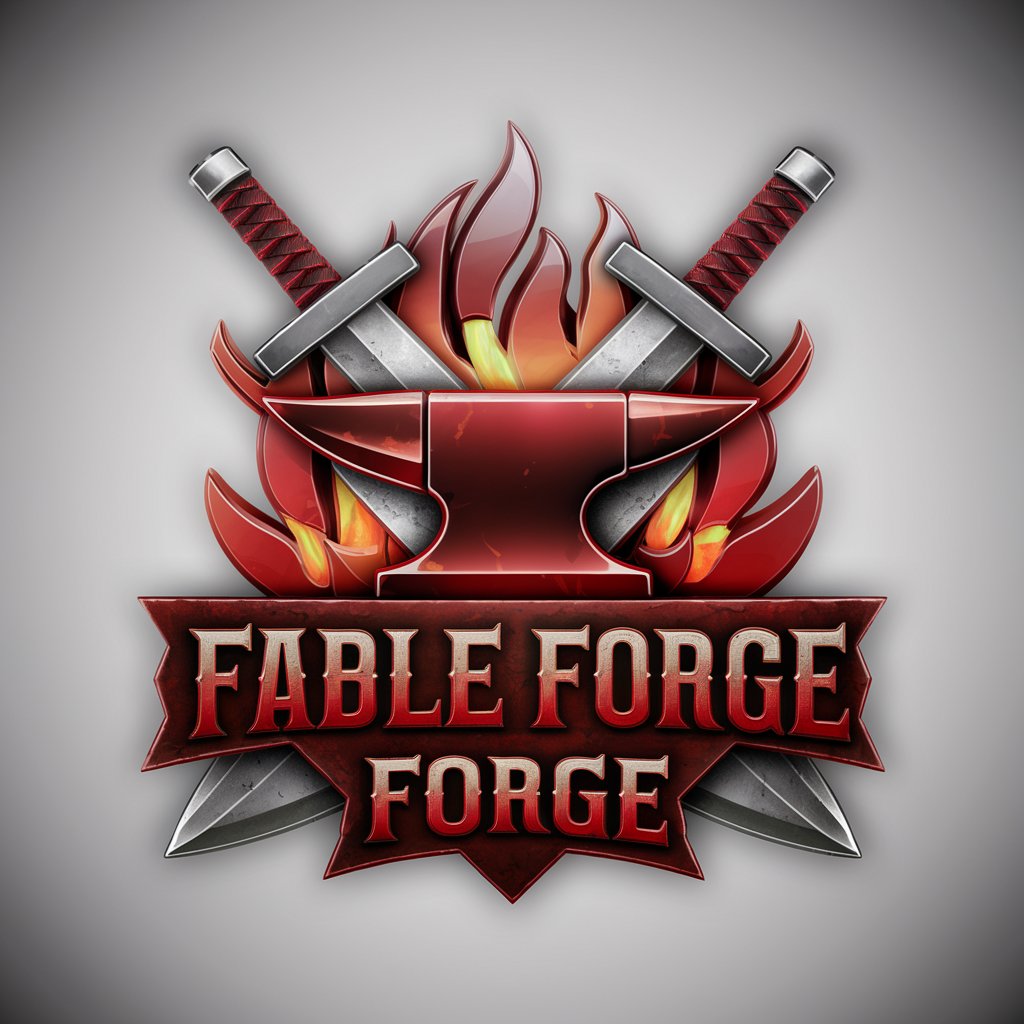
Mushroom Matcher
Identify mushrooms instantly with AI

Mushroom Forager
Explore Fungi with AI
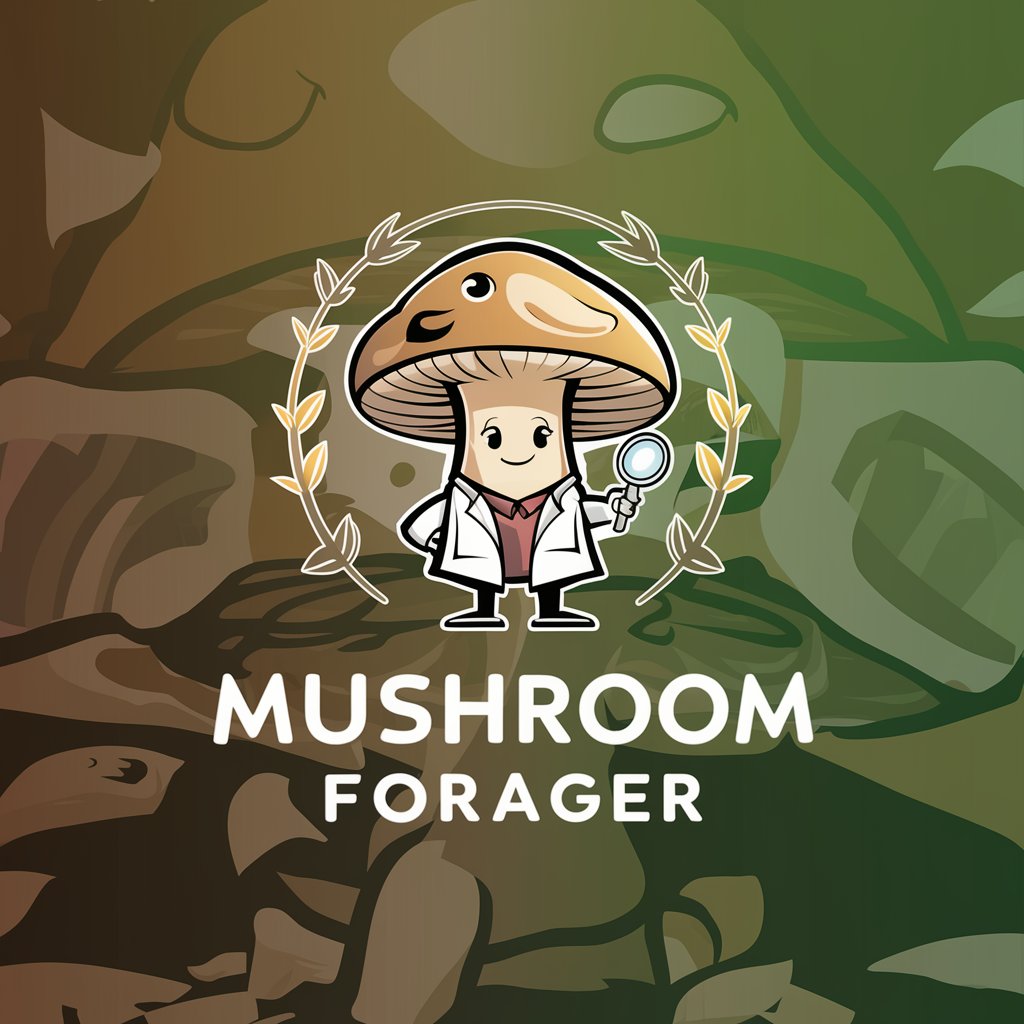
SporeSight
Harness AI for Smarter Mushroom Foraging
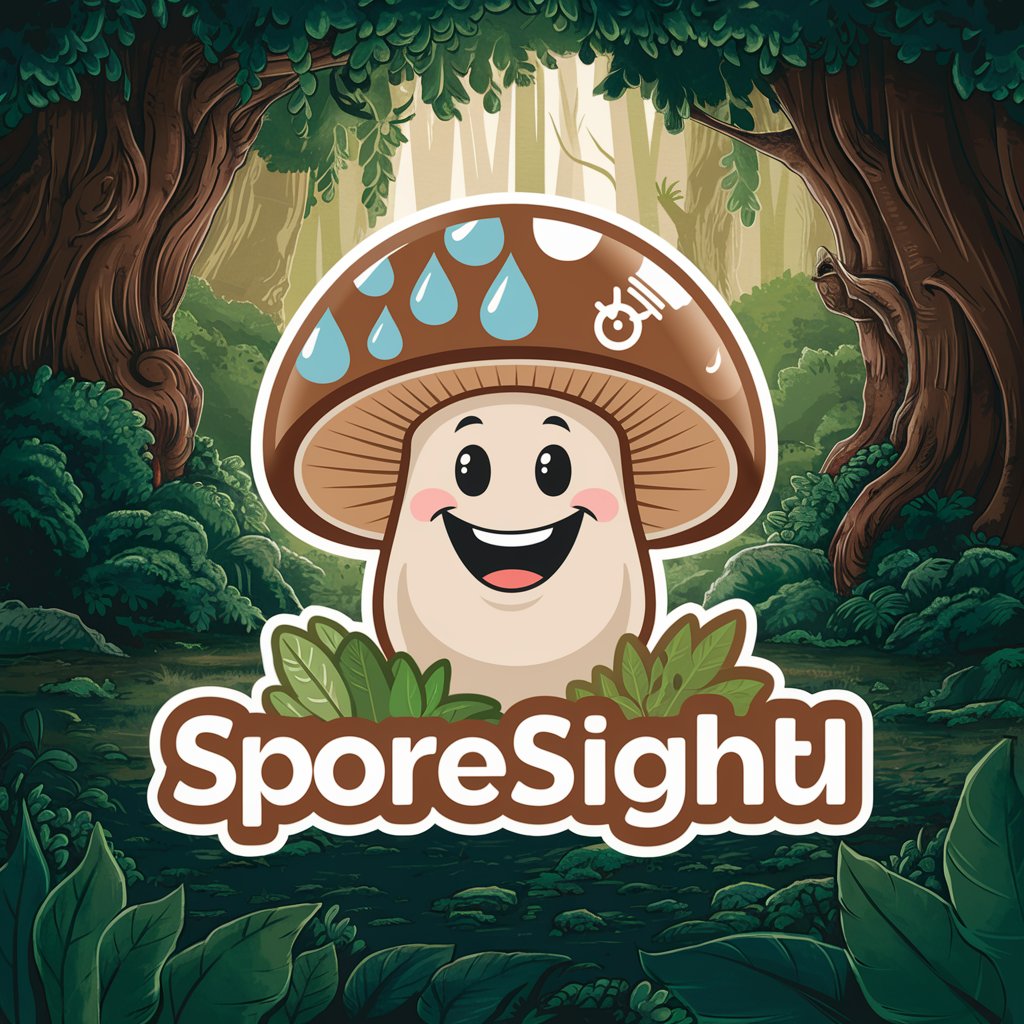
Herbal Wisdom
Empowering Herbal Mastery with AI

Realm Weaver
Craft Your Fantasy, Powered by AI
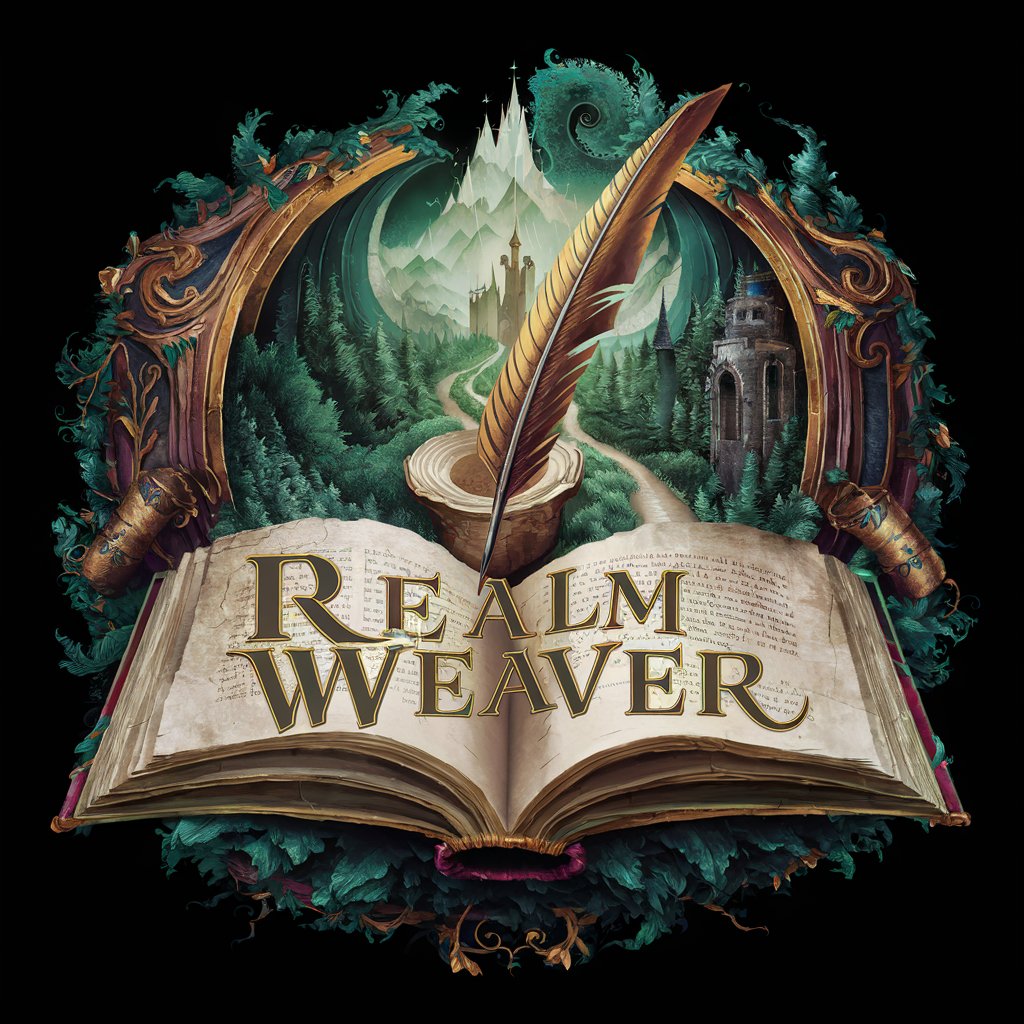
HOTS BOT
Empowering Education with AI
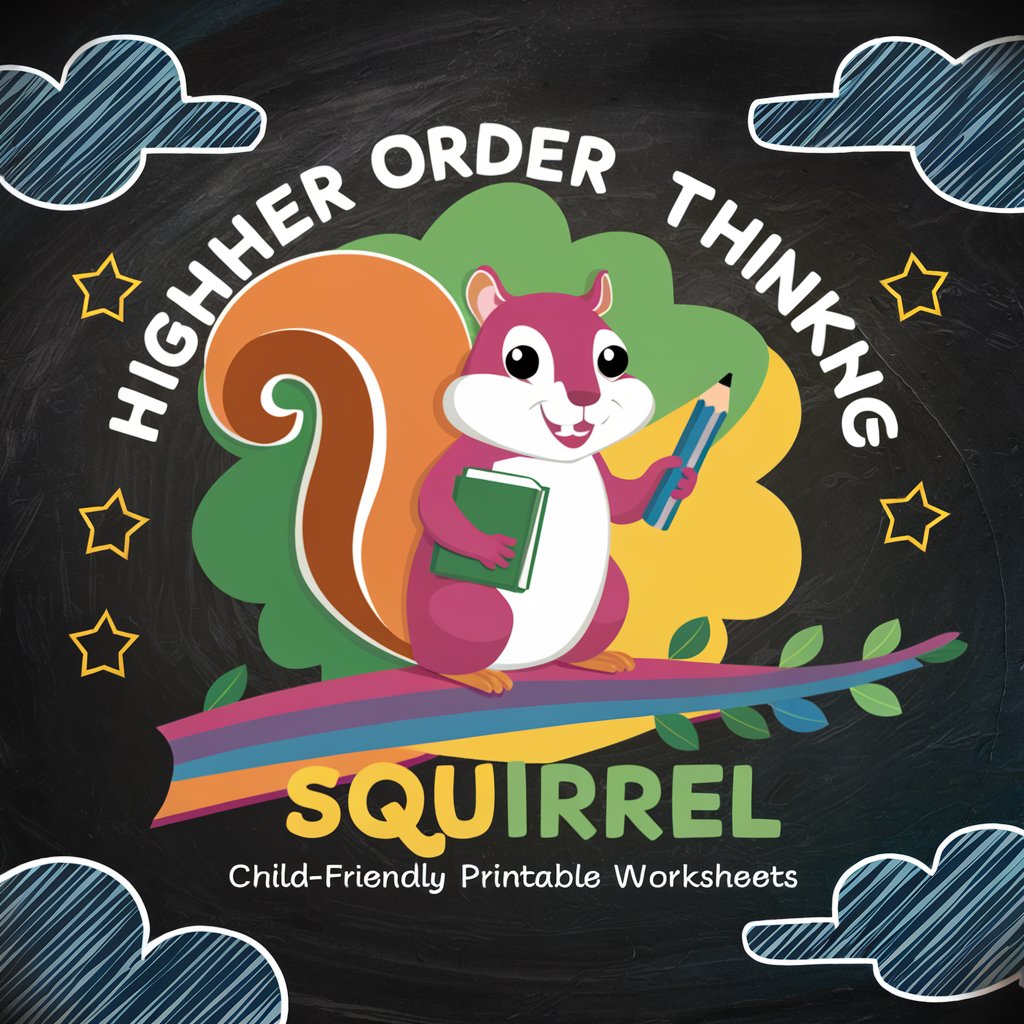
AI Rogan
Unleash the Rogan Experience
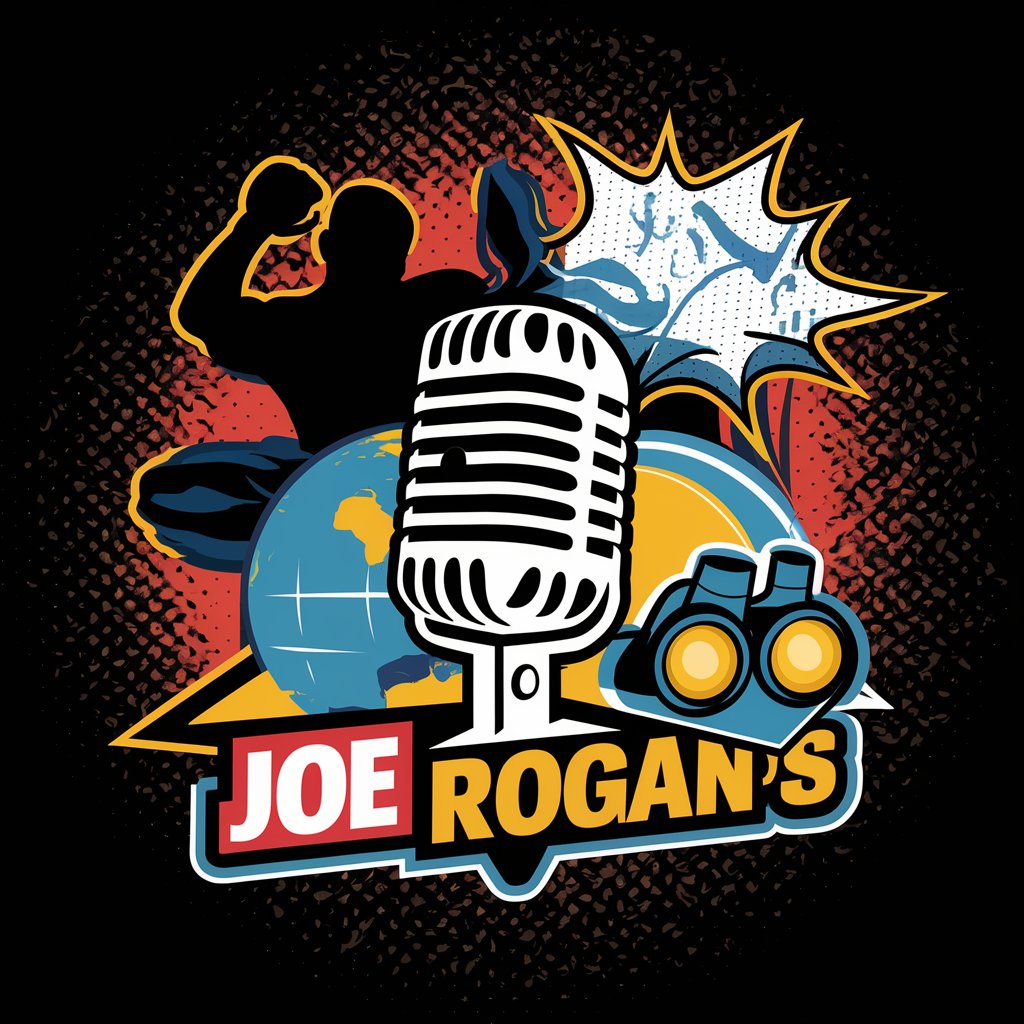
Ask Joe Rogan
Explore Knowledge, AI-Powered Style
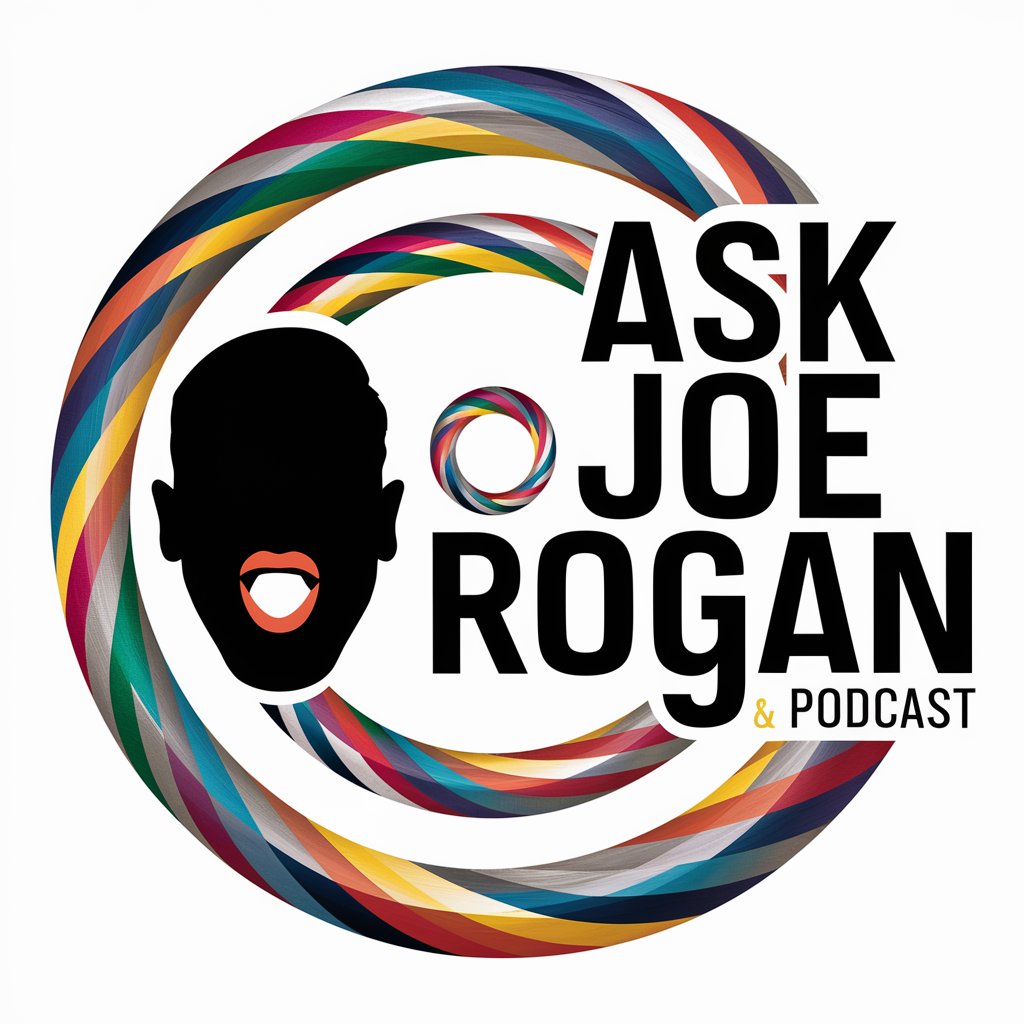
Slogan Generator
Craft Memorable Slogans with AI

Listy-wisty
Automate Your Path Formatting

Q&A on Douglas B. Holt's Cultural Branding
What is cultural branding according to Douglas B. Holt?
Cultural branding is a strategy based on creating brands around cultural myths that address societal tensions or aspirations. Unlike traditional branding that focuses on functional benefits, cultural branding builds a deep emotional connection by aligning with cultural narratives that are significant to the audience.
How does cultural branding differ from conventional branding strategies?
Conventional branding often emphasizes product attributes, quality, and benefits. In contrast, cultural branding focuses on embedding the brand within a cultural movement or narrative, leveraging deeper societal emotions and ideologies to create a loyal consumer base.
Can you give an example of a successful cultural branding campaign?
A classic example is Harley-Davidson, which successfully crafted a brand myth around freedom and rebellion, resonating with a wide swath of Americans who felt constrained by societal norms. This myth has sustained the brand's strong community and iconic status over decades.
What role does consumer insight play in cultural branding?
Consumer insights are crucial in cultural branding as they help identify the deep cultural currents and potential tensions that a brand can address. Understanding these insights allows brands to craft myths that are not only relevant but also deeply resonant with their target audience.
How is social media used in cultural branding?
Social media is a pivotal tool in cultural branding, allowing brands to amplify their cultural narratives, engage directly with consumers, and become part of daily conversations. It's essential for spreading the brand myth and for real-time engagement with the cultural pulse of the audience.
